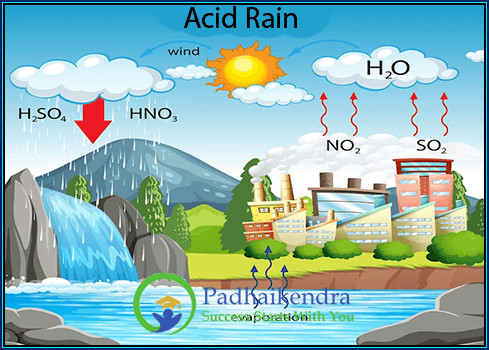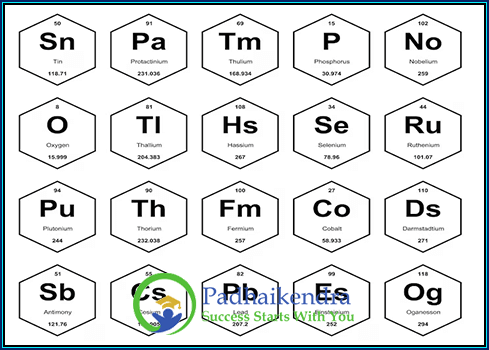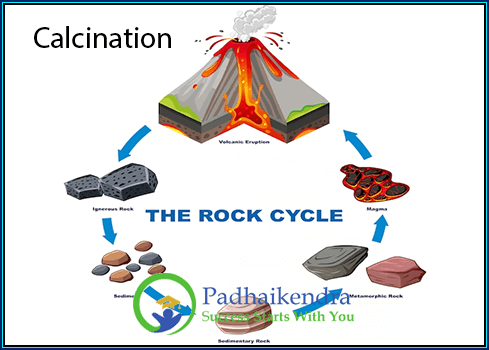State the Difference between Petroleum and Mineral Oil
Petroleum
 Petroleum, also known as crude oil, is a naturally occurring liquid found beneath the Earth’s surface.
Petroleum, also known as crude oil, is a naturally occurring liquid found beneath the Earth’s surface.- It is composed of hydrocarbons, which are organic compounds made up of carbon and hydrogen.
- Petroleum is a non-renewable resource and is used to produce a wide range of products, including gasoline, diesel fuel, heating oil, lubricants, and plastics.
- It is extracted from underground reservoirs using drilling and extraction techniques.
Mineral oil
 Mineral oil, on the other hand, is a colorless and odorless oil that is derived from petroleum.
Mineral oil, on the other hand, is a colorless and odorless oil that is derived from petroleum.- It is a byproduct of the distillation process that separates crude oil into its various components.
- Mineral oil is commonly used in cosmetics, pharmaceuticals, and as a lubricant for machinery.
- It is also used in food processing and as a laxative.
While both petroleum and mineral oil are derived from the same source, they have different properties and uses. Petroleum is primarily used as a fuel source, while mineral oil is used in a variety of industries for different purposes. Both petroleum and mineral oil are non-renewable resources that have environmental impacts when extracted and used.
Petroleum and Mineral Oil FAQs
Petroleum, also known as crude oil, is a naturally occurring fossil fuel that consists of a complex mixture of hydrocarbons. It is formed from the remains of ancient plants and animals buried and subjected to heat and pressure over millions of years.
Petroleum is extracted from underground reservoirs through the process of drilling. Wells are drilled into the Earth's crust to access the underground oil deposits. Once extracted, petroleum undergoes refining to separate it into various components, such as gasoline, diesel, and other petroleum products.
Petroleum has numerous uses in various sectors. It is primarily used as a fuel for transportation, including gasoline for cars and jet fuel for airplanes. It is also a vital source for heating and electricity generation. Additionally, petroleum is used in the production of plastics, lubricants, chemicals, and many other industrial products.
Mineral oil is a type of clear, odorless, and colorless oil that is derived from petroleum. It is obtained through the refining process of crude oil. Mineral oil has a wide range of applications, including as a lubricant, moisturizer, and in various industries like cosmetics, pharmaceuticals, and mechanical engineering.
No, petroleum and mineral oil are not the same thing. Petroleum is the crude oil extracted from underground reservoirs, while mineral oil is a refined product derived from petroleum. Mineral oil is just one component among many that can be obtained from the refining process of petroleum.
Petroleum extraction and use have various environmental impacts. Oil spills can harm ecosystems and wildlife, while the combustion of petroleum fuels contributes to air pollution and greenhouse gas emissions. Additionally, the extraction of petroleum can disrupt habitats and cause other ecological disturbances.
Yes, there are ongoing efforts to explore and develop alternative sources of energy and renewable resources. Some examples include biofuels, solar power, wind energy, and electric vehicles. Additionally, researchers are working on finding sustainable alternatives to mineral oil in various applications.
The estimated lifespan of petroleum reserves depends on various factors, including consumption rates, discoveries of new reserves, and advancements in extraction technologies. While it is challenging to predict exact timelines, it is widely acknowledged that petroleum reserves are finite and will eventually be depleted. The shift towards alternative energy sources is driven by the need for sustainable energy solutions.


 Petroleum, also known as crude oil, is a naturally occurring liquid found beneath the Earth’s surface.
Petroleum, also known as crude oil, is a naturally occurring liquid found beneath the Earth’s surface. Mineral oil, on the other hand, is a colorless and odorless oil that is derived from petroleum.
Mineral oil, on the other hand, is a colorless and odorless oil that is derived from petroleum.


